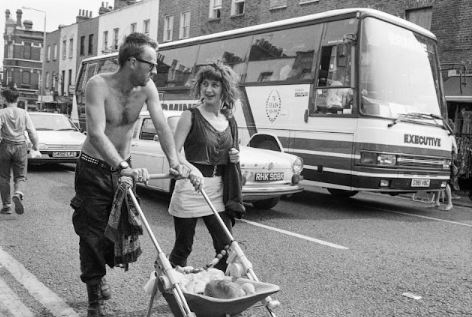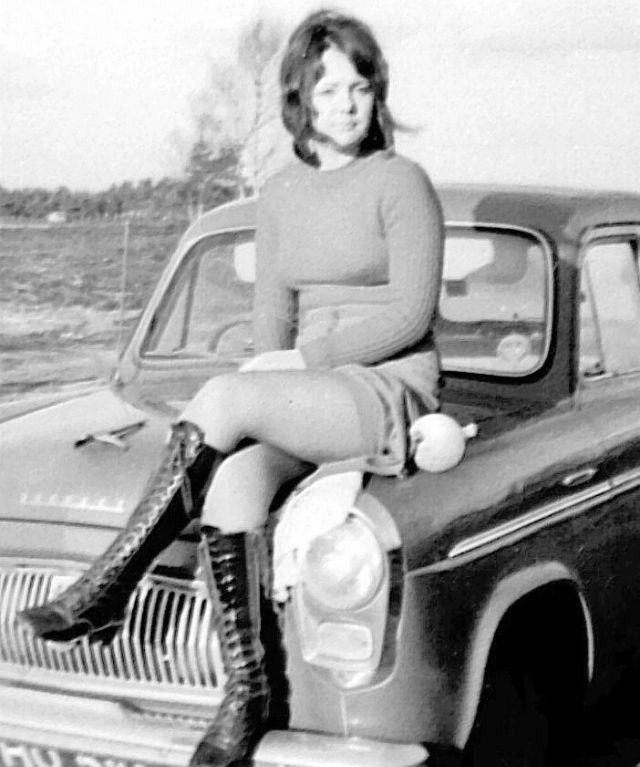
A rare shot of a 21 years old Winston Churchill in the uniform of the Fourth Queen’s Own Hussars, 1895.
When Winston Churchill entered the Royal Military College (Sandhurst) few could foresee that he would become one of Great Britain’s greatest war leaders.
He tried three times before passing the entrance exam; he applied to be trained for the cavalry rather than the infantry because the required grade was lower and he was not required to learn mathematics, which he disliked. At Sandhurst Churchill had a new start.
“I was no longer handicapped by past neglect of Latin, French, or Mathematics. We had now to learn fresh things and we all started equal. Tactics, Fortification, Topography (map-making), Military Law, and Military Fortification, formed the whole curriculum. In addition, were Drill, Gymnastics, and Riding”.
Churchill found his work at Sandhurst exciting. He drew contoured maps of the hills in the area, designed paper plans for the advanced guards and rear guards, and even thought up simple tactical schemes. He learned how to blow up masonry bridges and make substitute bridges out of wood.

Winston Churchill aged 6 with his aunt Lady Leslie, 1880.
Winston Churchill graduated from Sandhurst with honors, eighth out of a class of 150 in December 1894, and although he could now have transferred to an infantry regiment as his father had wished, chose to remain with the cavalry and was commissioned as a Cornet (Second Lieutenant) in the 4th Queen’s Own Hussars on 20 February 1895. These two photos were taken after he was commissioned as a Cornet.
Churchill’s pay as a second lieutenant in the 4th Hussars was £300 annually. However, he believed that he needed at least a further £500 (equivalent to £55,000 in 2012 terms) to support a style of life equal to that of other officers of the regiment.
His mother provided an allowance of £400 per year, but this was repeatedly overspent. In order to boost his income, Churchill began war correspondence for a range of London newspapers.

A portrait photo of Churchill in 1881.

Churchill pictured as a child and wearing a bowler hat.

Churchill and his brother Jack as children, 1884.

Churchill as a Harrow schoolboy, 1889.

Churchill as a schoolboy at Harrow, 1890.

Churchill as a schoolboy at Harrow, 1891.

Churchill as a schoolboy at Harrow, 1891.

Churchill as a schoolboy at Harrow, 1892.
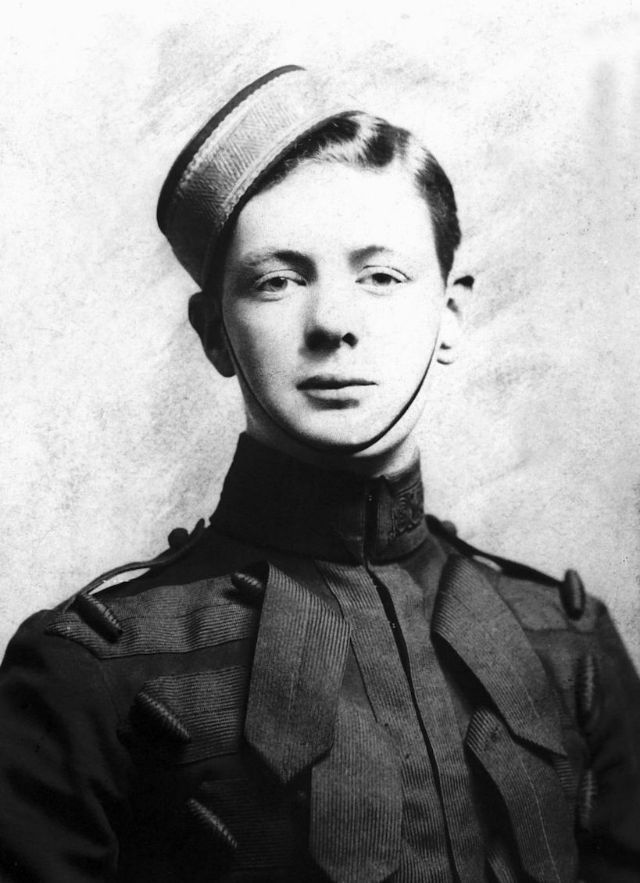
Winston Churchill as an army cadet in 1893.

Churchill (left) with friends at Sandhurst just before leaving to be commissioned in the 4th Queen’s Own Hussars, 1894.

Churchill in the Lower House of the Houses of Parliament in 1900.

Portrait of Churchill, taken in Boston, Massachusetts, USA in 1900.
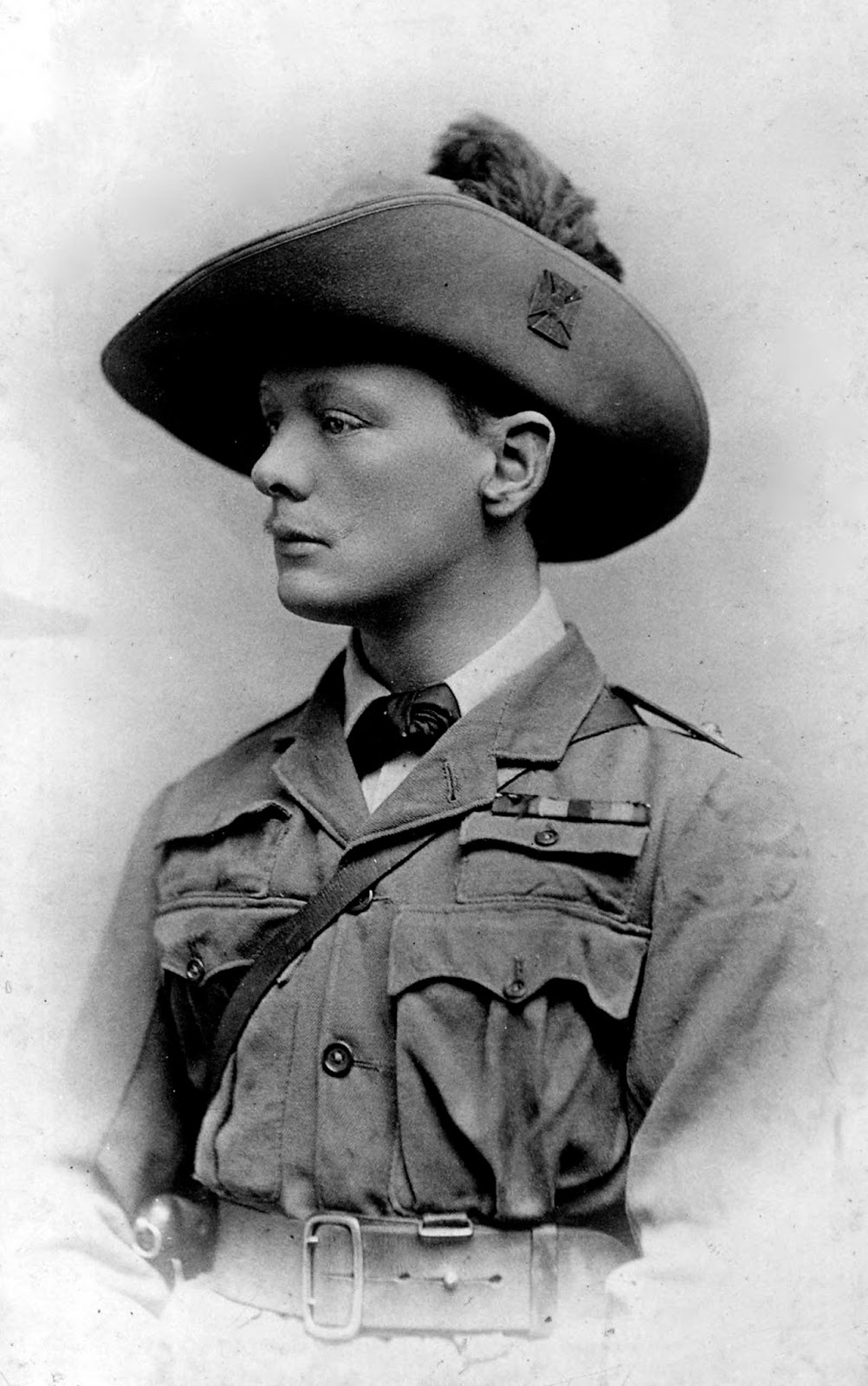
Winston Churchill in the uniform of the Fourth Queen’s Own Hussars, February 1895.
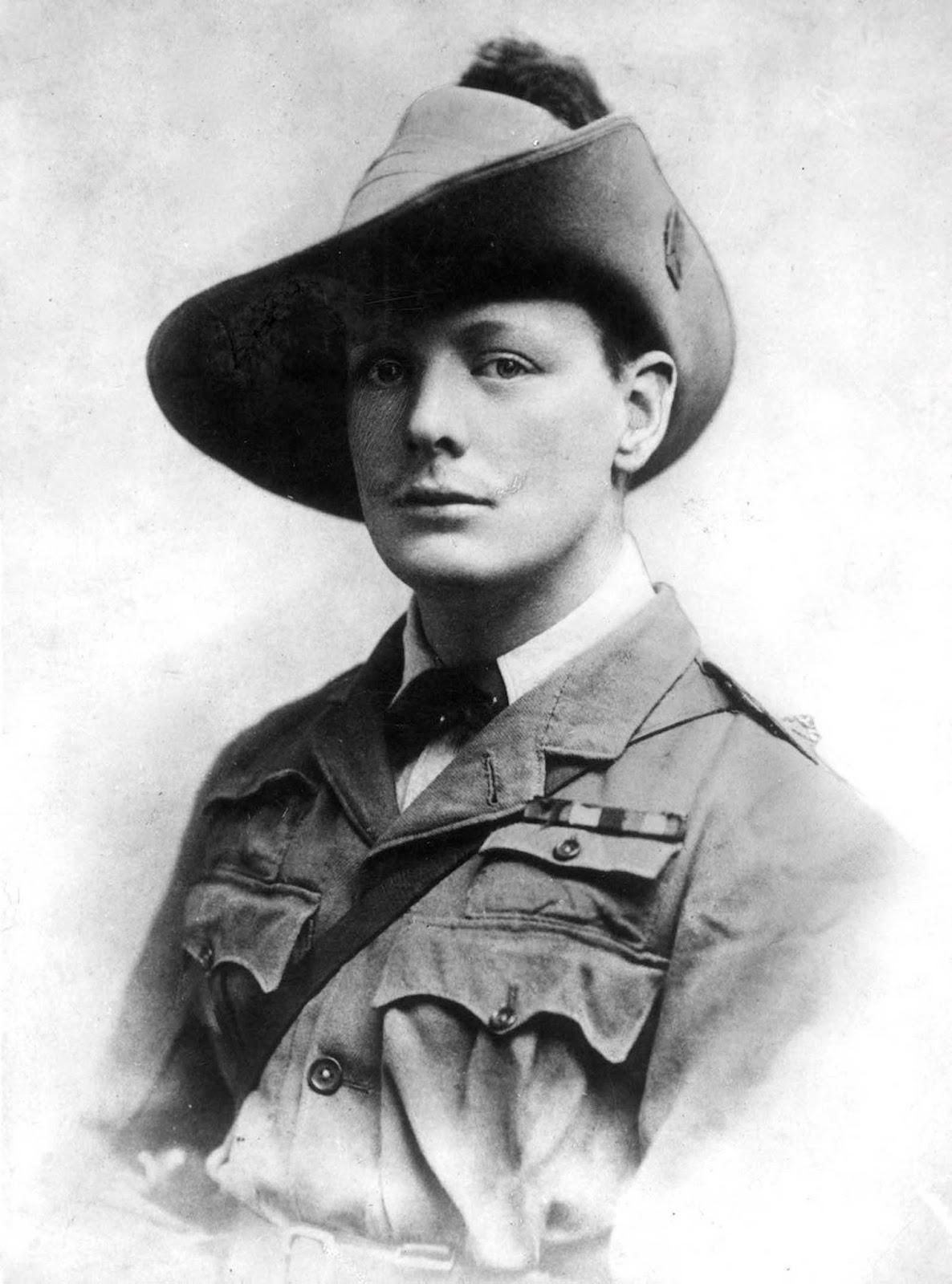
Churchill during his service in the South African Light Horse. 1899.

Churchill on horseback in Bangalore, India. 1897.

Churchill standing at the opening of his tent as a war correspondent during the Second Boer War, in Bloemfontein, South Africa. 1900.
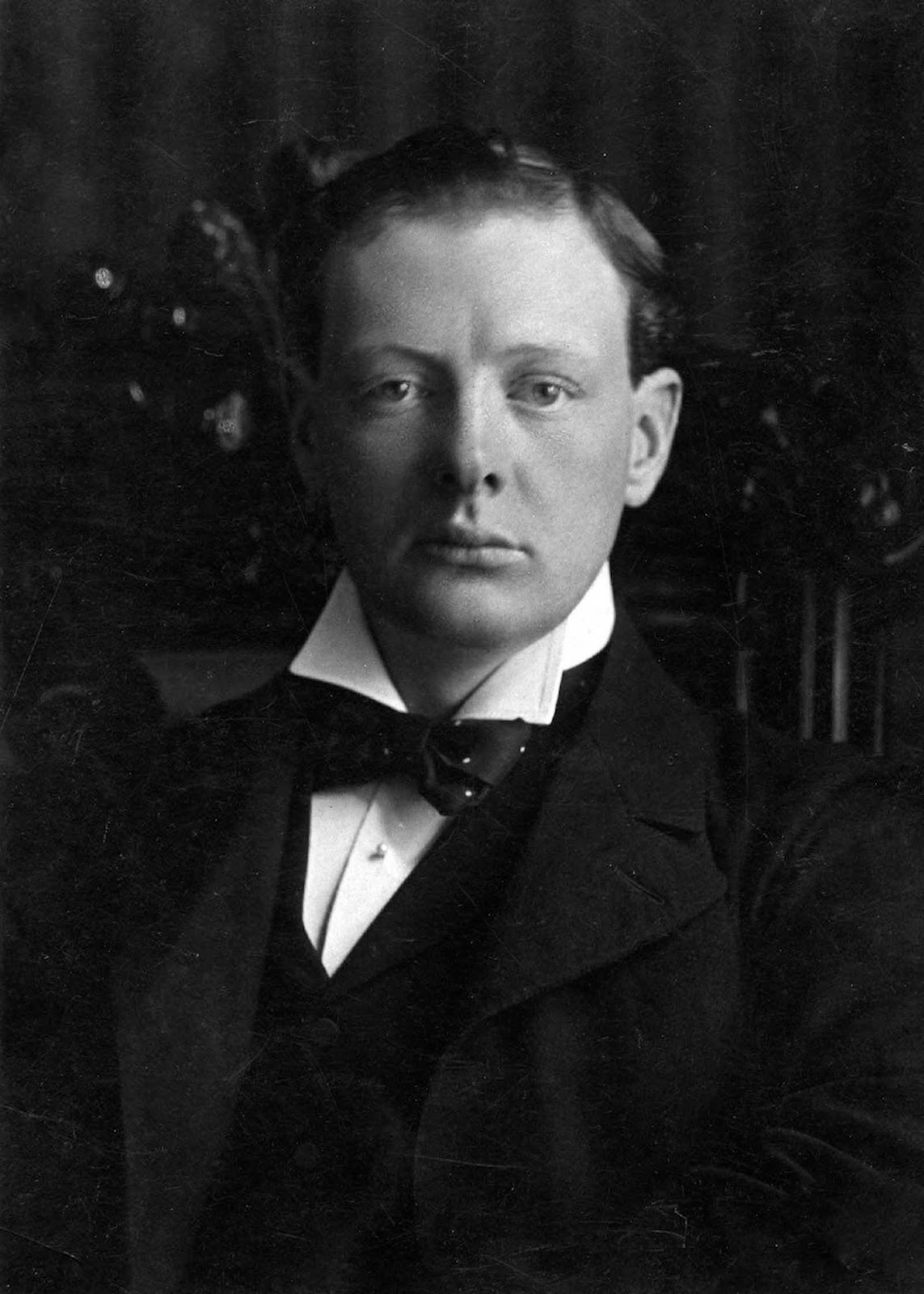
Churchill portrait by Russell & Sons. 1904.
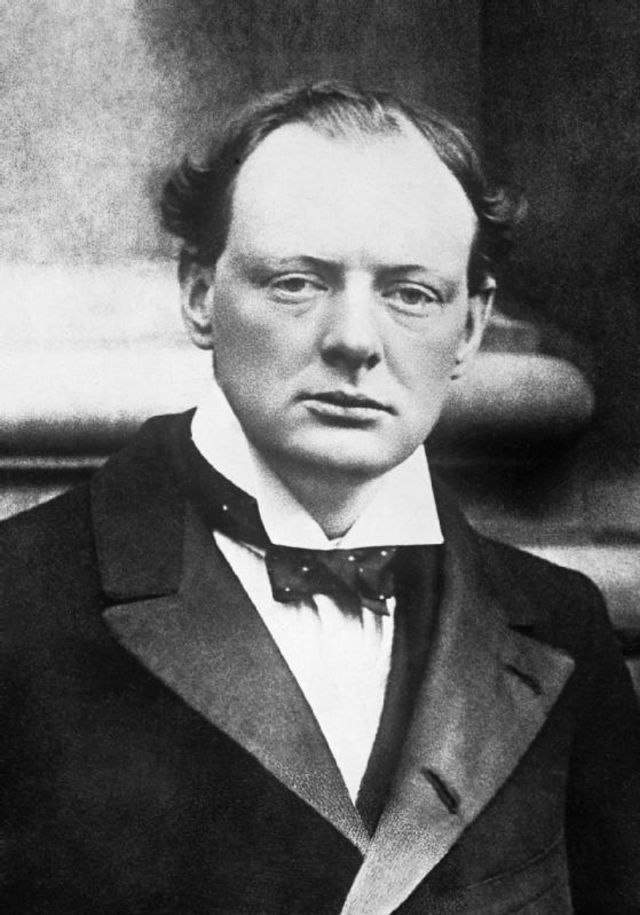
Churchill in 1904.
